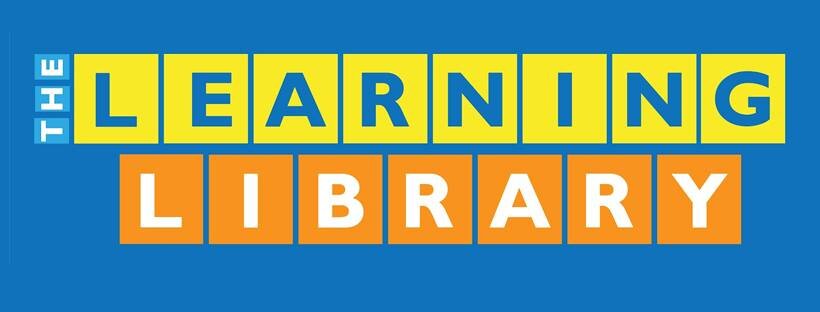What Can I Do If Filipino Is My Child’s Lowest Grade?
By Yves Yap
“We really need help — my daughter’s lowest grades are always in Filipino and Araling Panlipunan. It’s the reason she didn’t qualify for honors this quarter.”
Many parents share this concern. Their children do well in all subjects – English, Math, Science — except Filipino. The challenge is that the language used in school — in stories, questions, and essays — is quite different from the Filipino they hear and use at home.
Here are some reasons why this happens:
1. English is Their “School Brain” Language
In most schools, English is the main language used for subjects like Science and Math. Because of this, children are used to thinking and explaining ideas in English.
When they are asked to write essays or analyze stories in Filipino, their brain needs to switch modes — and this takes extra effort. This is why even fluent children make simple mistakes or feel unsure when expressing themselves in Filipino.
2. We Speak in Mixed Filipino and English
Most of us speak using a mix of Filipino and English — it’s what feels natural in everyday conversations. We say things like, “Close the door na,” or “Mag-toothbrush ka na.” But in school, children are expected to write and speak in pure Filipino. Because they rarely hear pure Filipino used in daily life, they often copy English sentence structures without realizing it — and this affects how their answers are graded in school.
3. Filipino Books Use Formal Language
In school, children often come across Filipino words they don’t usually hear at home — and this makes lessons harder to understand. Your child may know masaya, but the story says maligaya. They understand tindahan, but the lesson uses pamilihan.
When words sound unfamiliar or too formal, it becomes harder to understand stories and answer questions correctly. Over time, Filipino becomes a subject they find difficult and less enjoyable.
4. Filipino Grammar is Complicated
In English, conjugated verbs look mostly the same: walk, walked, walking. In Filipino, verbs change a lot depending on who is doing the action and what the action is about: kumain, kinain, kakain, kumakain.
This is confusing to a lot of children. If not explained clearly, they tend to just memorize the right answers instead of really understanding them. This makes it difficult for them to write or answer correctly during exams.
So how can you help your child feel more confident in Filipino?
It starts with small things: the words you use, the shows you watch, and the stories you read together. These everyday moments can already help your child get used to using Filipino naturally.
1. Let them hear and read more Filipino.
Read Filipino books or stories together, then ask what part they liked best or what they understood. You can also watch Filipino movies or story shows together, so your child hears how the language is used in complete sentences and real conversations. You can act like a “living dictionary” and translate difficult words as they appear.
2. Have a “Filipino Day” at Home.
Pick one day a week, like Saturday, to use only Filipino at home. You can watch a local movie together, play games in Filipino, or just talk about your plans for the day. Turning it into a fun family habit helps your child practice the language without pressure or fear of making mistakes.
3. Help them learn school words.
Some Filipino terms in textbooks are rarely used in daily conversation. When you see new or difficult words in their lessons, write them down and use them in sentences together. You can even turn it into a quick word game — it helps them remember meanings while having fun.
Simple habits like these help your child become more confident using Filipino — both inside and outside the classroom. And if Filipino is your child’s lowest grade, it doesn’t mean they can’t learn it well. With the right support and steady exposure, they can build the skills and confidence to succeed.
The Learning Library’s WIKA’Y GALING! program helps bridge this gap. It strengthens grammar, expands vocabulary, and improves reading and writing skills — all through online, small-group classes that make Filipino learning enjoyable and meaningful. Sign up for a free trial via inquiry@learninglibraries.com.
